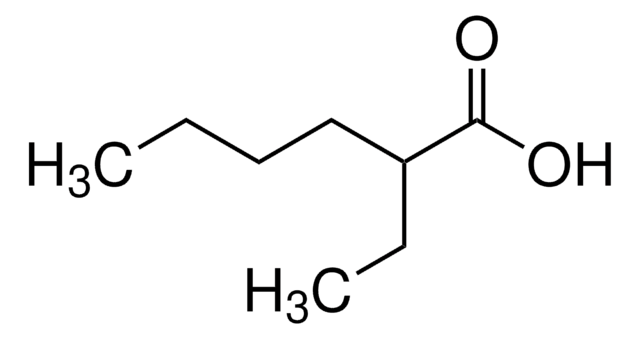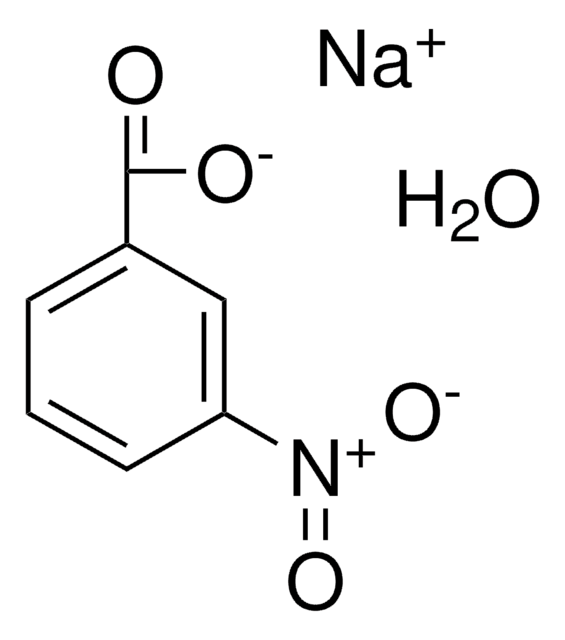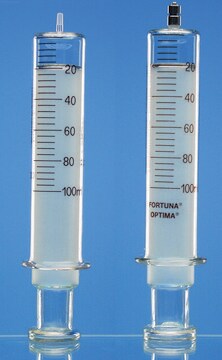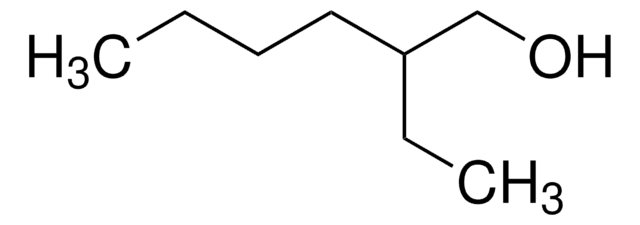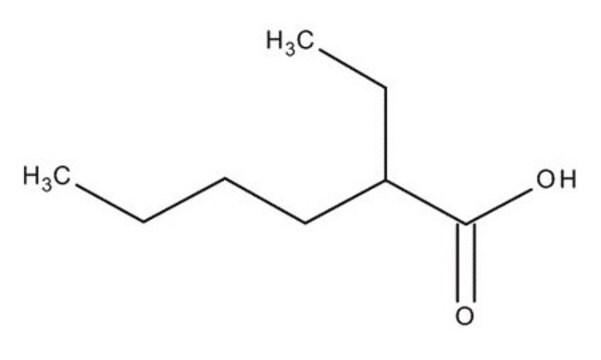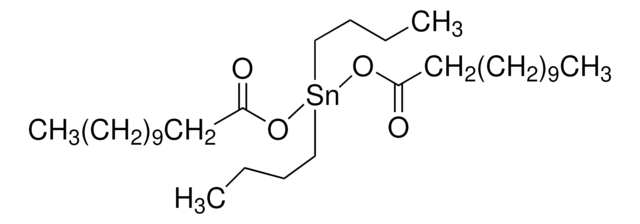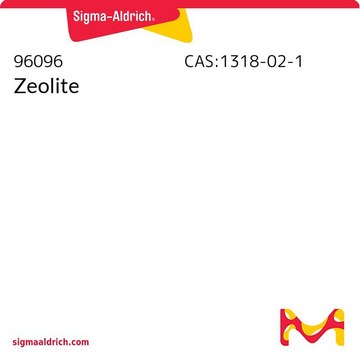W515302
Acide 2-éthylhexanoique
≥99%
Synonyme(s) :
2-Ethylcaproic acid
About This Item
Produits recommandés
Source biologique
synthetic
Niveau de qualité
Densité de vapeur
4.98 (vs air)
Pression de vapeur
<0.01 mmHg ( 20 °C)
10 mmHg ( 115 °C)
Essai
≥99%
Température d'inflammation spontanée
699 °F
Limite d'explosivité
1.04 %, 135 °F
8.64 %, 188 °F
Indice de réfraction
n20/D 1.425 (lit.)
pb
228 °C (lit.)
Densité
0.903 g/mL at 25 °C (lit.)
Application(s)
flavors and fragrances
Documentation
see Safety & Documentation for available documents
Allergène alimentaire
no known allergens
Propriétés organoleptiques
cucumber
Chaîne SMILES
CCCCC(CC)C(O)=O
InChI
1S/C8H16O2/c1-3-5-6-7(4-2)8(9)10/h7H,3-6H2,1-2H3,(H,9,10)
Clé InChI
OBETXYAYXDNJHR-UHFFFAOYSA-N
Vous recherchez des produits similaires ? Visite Guide de comparaison des produits
Clause de non-responsabilité
Mention d'avertissement
Danger
Mentions de danger
Conseils de prudence
Classification des risques
Repr. 1B
Code de la classe de stockage
6.1C - Combustible acute toxic Cat.3 / toxic compounds or compounds which causing chronic effects
Classe de danger pour l'eau (WGK)
WGK 1
Point d'éclair (°F)
237.2 °F - closed cup
Point d'éclair (°C)
114 °C - closed cup
Équipement de protection individuelle
Eyeshields, Faceshields, Gloves, type ABEK (EN14387) respirator filter
Faites votre choix parmi les versions les plus récentes :
Déjà en possession de ce produit ?
Retrouvez la documentation relative aux produits que vous avez récemment achetés dans la Bibliothèque de documents.
Notre équipe de scientifiques dispose d'une expérience dans tous les secteurs de la recherche, notamment en sciences de la vie, science des matériaux, synthèse chimique, chromatographie, analyse et dans de nombreux autres domaines..
Contacter notre Service technique